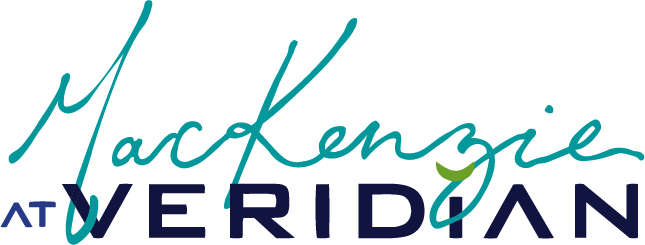Exhibit Catalog Timelines Every Museum Should Know
Exhibit catalogs aren’t just books. They’re part of the opening night experience, a way to impress donors, and a lasting record of your exhibition. They document the artwork, tell the story, and preserve the legacy long after the exhibit closes.
But here’s the thing most museum teams underestimate: exhibit catalogs take much longer to produce than expected. It’s not just about design — it’s about photography, approvals, color accuracy, and print production, all of which take months to do right.
Why Exhibit Catalogs Take Longer Than You Think
Catalogs are one of the most complex pieces of exhibit branding. Why?
Board approvals: every essay, caption, and design choice usually goes through multiple rounds.
Museum-quality photography: every work of art must be professionally photographed, color corrected, and approved. This step alone can stretch over months.
Color accuracy: what looks blue on screen can shift to green on press. Designers and printers spend weeks proofing, checking in different lighting, and adjusting until it’s perfect.
Specialty printing: choices like paper stock, binding, or finishes add both beauty and time to the process.
Beautiful things take time — and exhibit catalogs are no exception.
Key Milestones in an Exhibit Catalog Timeline
Every exhibit is unique, but here’s a general timeline most museums should plan for:
12–18 Months Before Opening
Confirm budget for catalog production.
Decide if you’ll work with your internal design team or bring on an external partner.
Begin the artwork photography schedule.
9–12 Months Before Opening
Draft the catalog structure: essays, captions, acknowledgments.
Start color correction on photography.
Begin initial layout concepts.
6–9 Months Before Opening
Share first design drafts.
Begin the rounds of board and curator approvals.
Continue refining photography and text.
3–6 Months Before Opening
Lock in layout and content.
Finalize printer quotes, paper choices, and any specialty finishes.
Start proof cycles and schedule press checks.
1–3 Months Before Opening
Catalog goes into full production.
Donor copies are printed first, bulk runs scheduled.
Finished catalogs delivered, ready for opening night.
What Happens If You Cut It Too Close
When catalogs are rushed, everyone feels it.
Higher costs: rush fees and limited paper availability drive up the budget.
Lost impact: without catalogs on opening night, donors miss the chance to feel that tangible connection.
Weakened legacy: cutting corners on print quality or skipping copies entirely means the exhibition isn’t fully documented.
In short: a rushed catalog doesn’t just create stress — it diminishes the exhibition’s long-term impact.
The Role of a Design Partner
Most museums already have talented internal design teams. But those teams are often stretched thin and don’t always have the bandwidth or print production expertise for full catalogs.
That’s where a dedicated design partner comes in. We handle:
Preparing photography files for press.
Managing board and curator revisions.
Working directly with printers, paper reps, and press crews.
Triple-checking every color, finish, and detail.
This frees your team to focus on the exhibit itself — knowing the catalog is in expert hands.
The Smart Fix: Plan Early, Stay on Track
The best way to guarantee your exhibit catalog is ready (and beautiful) on opening night? Start early. Build in buffer time for approvals, photography, and press checks. And work with a partner who understands the full process from start to finish.
That’s why we created the Exhibit Prep Kit — a free, interactive guide that helps you map your timeline, clarify what you need, and avoid the common pitfalls that slow projects down.
Your exhibit deserves more than a rushed catalog. With the right timeline — and the right partner — your catalog can resonate with visitors, impress donors, and preserve your exhibition’s legacy. Download the Exhibit Prep Kit today and start planning with confidence.
This keeps it conversational, practical, and keyword-rich around exhibit catalog timelines, museum exhibit catalogs, print production, donor engagement.
Want to explore how branding can elevate your next exhibit?
Download the free Exhibit Prep Kit for a step-by-step roadmap for stress free donor-ready exhibits
✔ Clarify your exhibit’s purpose, audience, and emotional tone
✔ Align your internal team so decisions don’t get bottlenecked
✔ Map out the design pieces you’ll need (and when!)

